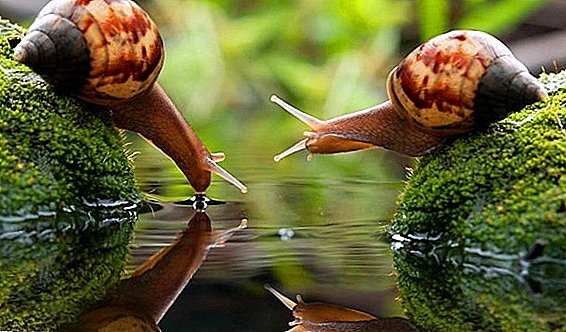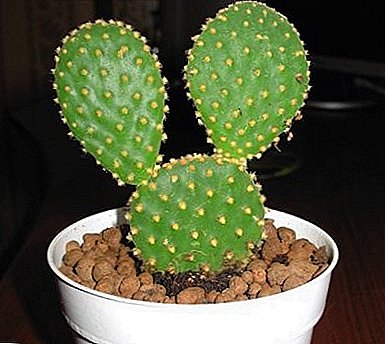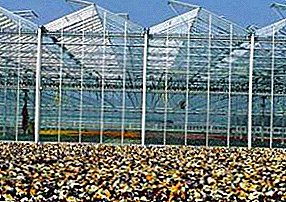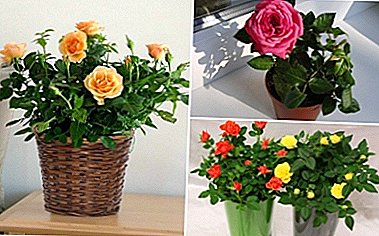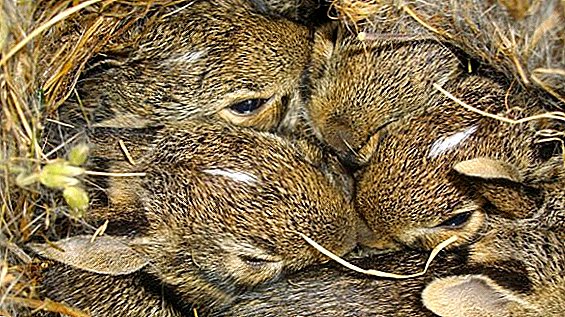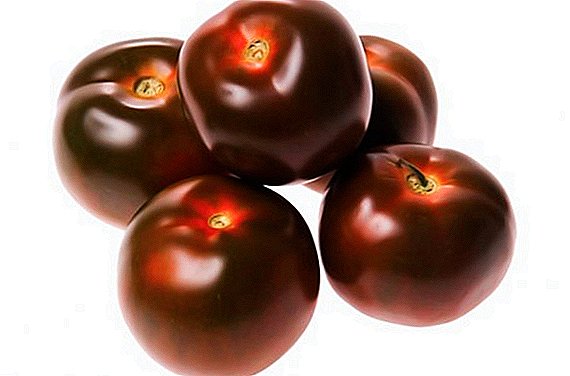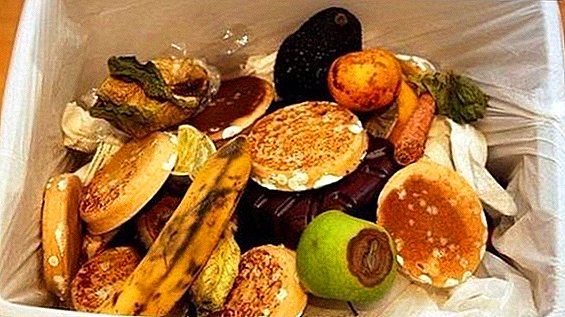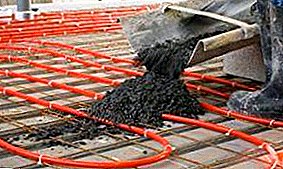
Shchitovka are a family of so-called hornbills. This insect has its own individual type due to the fact that sexual demorphism is completely undeveloped. Both adult individuals and larvae have a negative effect on plants: they suck out the juice, which leads to their death. Further we will tell about the varieties of these pests, including the false shield.
Description of insects
 The family to which this scab belongs to is pseudococcides. The closest relatives of this insect are the false guard. They belong to almost the same family - coccid. These two species are pests, and it is impossible to distinguish them at first sight. For accurate recognition of an insect, you must remove it from the plant.
The family to which this scab belongs to is pseudococcides. The closest relatives of this insect are the false guard. They belong to almost the same family - coccid. These two species are pests, and it is impossible to distinguish them at first sight. For accurate recognition of an insect, you must remove it from the plant.
These shchitovki not have in its composition of the shield, because it is not part of their body. Often when you remove an insect from a plant, first you remove its shield, and the animal itself remains on the plant and continues to cause harm. If you are dealing with a false shield, then the situation will turn in a slightly different way. When you proceed to the removal of this organism, it will be removed immediately all.
Pinworms in nature are represented by a very large number of their species. If an agronomist is experienced, he will almost immediately notice this parasite on the plant and begin immediately to apply remedial measures.
On a note. The body itself can be covered with a special shield of wax, up to five millimeters. The difference of these plates can be different, both in length and in width.
Such organisms multiply by laying eggs. But still in nature there are also shchitoviki viviparous type. Females can live for several months and cover their entire eggs. At the same time, the males of this insect have a more extensive life. But at the same time, these males have a short life span, which reaches only a few days.
From females to the larvae themselves, all organisms exert an extremely negative impact on a particular plant. Due to the sucking of the juice, they take away all the microorganisms necessary for vital activity from houseplants (you can read about the causes of the appearance of scutes on the houseplants and how to combat it here). The lack of all elements in the plant leads to the fact that death occurs.
A plant that is affected by this insect loses its color and dries out. Shoots dry out and completely stop growing. Such pests in most cases prefer palm or citrus trees.
Species and their photos
Consider all types of shield that exist and their features.
California
This species of insects is distributed exclusively in the southern regions, as well as in the Far East. Californian type shield can affect about 200 species of plants of woody origin. Fruit trees, such as pear, apples, plums, plums, are best suited to taste.
According to the fenoklendar, wintering near the Californian shchitovka takes place on the bark of a tree in the form of larvae. In the spring, their larvae grow and turn into females or males. The larvae themselves have a shield in their composition. At the first stage, it has a white color, and then the color changes and becomes gray. Plants that are affected by such insects quickly become weak and their bark cracks.

Watch the video of the California shield:
Mulberry
Both larvae and females of the mulberry shchitovki are able to develop and grow exclusively on thin shoots or branches. Often, only female scale insects develop on the upper branches of plants, but the males already live on the lower branches. Based on this, young and thin shoots are associated only with females.
If there are a lot of pests of this nature on the tree, they cover it with white mucus., due to which the tree becomes like a birch.

Comma
The shield of the comma-like character is a half-winged insect species.
The comma-shaped shield has a body up to one and a half centimeters long. This body is under the shield, which is twice the length of the body.
The female has brown color of the shield, and the male is lighter. At one time, the female can lay up to 90 eggs, this process occurs in August and often on the shoots of young trees. After the end of winter, the larvae hatch and spontaneously spread along different branches. Thus, a new generation of pests that suck the sap of the plant appears.

Palm tree
Palm shchitovka has its name due to the fact that it damages a sufficiently large number of plants, but only palm origin. The flap of the female of this species has a transparent color, and in certain cases it may become gray. The male has yellow flap color at the same time.
Pests of this type occupy places on the lower layer of the leaf. If they attack a plant en masse, they strike a leaf and it dries out.

Pear-shaped
The pear-shaped pest is of European origin. The purpose of such an insect are plants of fruit character or stone fruit. Such an insect differs from its analogs in that after the defeat of the fetus, the victim acquires pigmentation in the form of red spots.

Orange
The shield of orange character affects only citrus plants. You can meet her only on oranges, lemons, pomegranates and grapefruits.

Orange
Important! The orange scale is a dangerous pest and affects cultures of citrus origin. Such a pest can cause abscission of the fruits of the plant and its leaves, or even its complete withering.
Flags of this type are small, up to two millimeters. Females of this type have a round body shape. As for the males, their shield has a flat character. Often this look has a red or brown color, but there are also yellow.
Adult insects males are quite small and have only two wings. They live no more than six hours, and die after mating. Unfertilized females are males by a specific smell, which is pheromones.
In one year, insects of this type can produce no more than eight generations and no less than four. This species is exclusively viviparous. On average, about 70 larvae can be counted per birth.

Pine
Pine shchitovka refers to such a detachment as the winged. The spread of this type of scythos affects the steppe and steppe zone. The larvae of such shchitovki are capable of striking pines and spruces, which in the future causes drying of these crops.
This method is suitable only in the season when females feed for the birth of a new generation.

Other species
Soft shchitovka damages a large number of different plants. The length of his body can be up to four millimeters. The reproduction method of the soft eel is viviparous.

Shatter guard - what is it?
A scammer is a scythe that does not have a wax-type shell. As for the protection of eggs and larvae, this function is performed by the skin, which dies off in the female.
Conclusion
Whatever shitovka was not, it bears enough great harm to the plant. To combat it requires knowledge and in some cases experience (how to deal with the shield with folk remedies and ready-made preparations can be found in this material). It is very important to identify this pest in the early stages of development, and in this case the treatment will be much easier.


